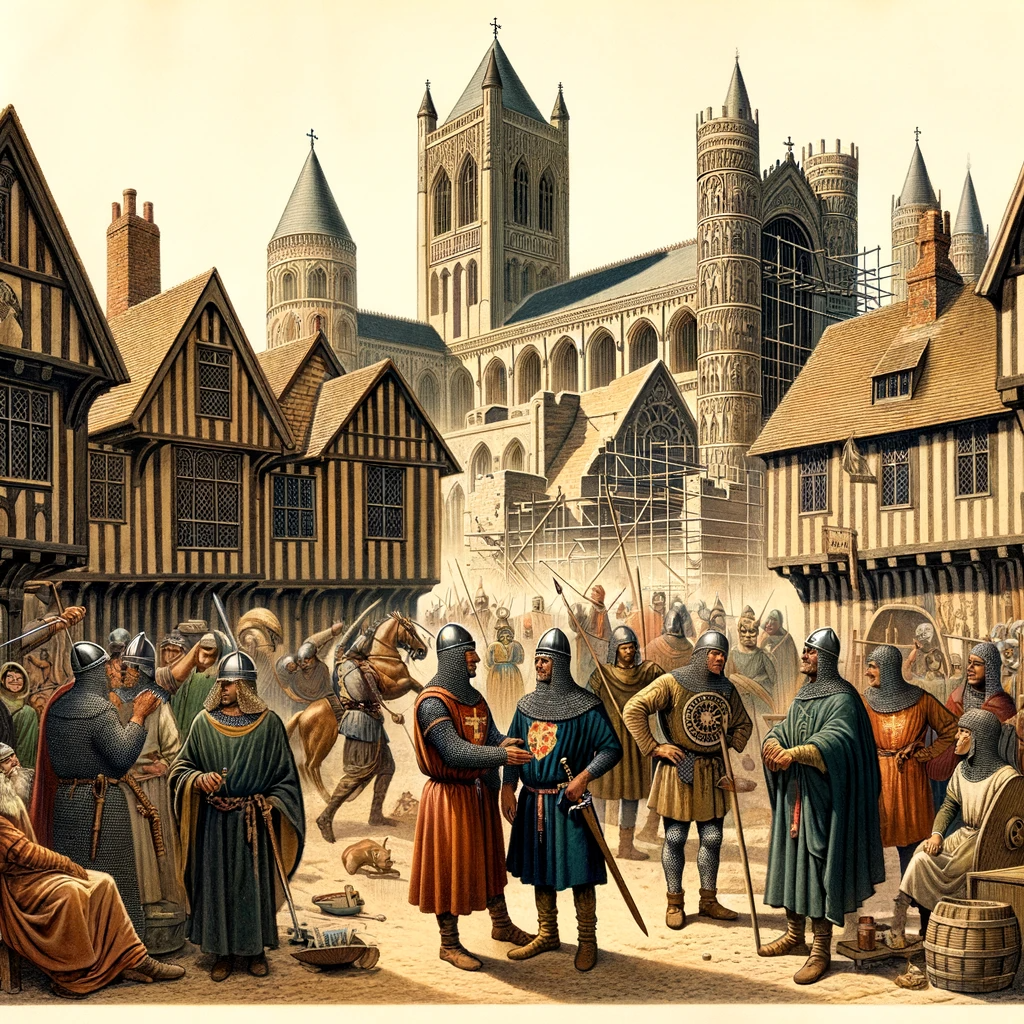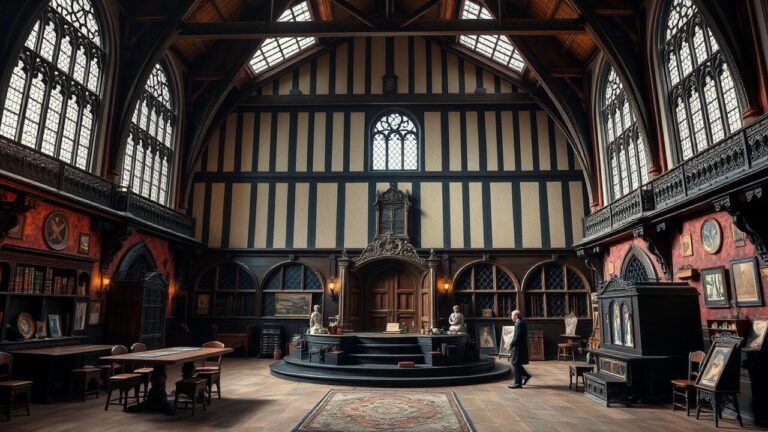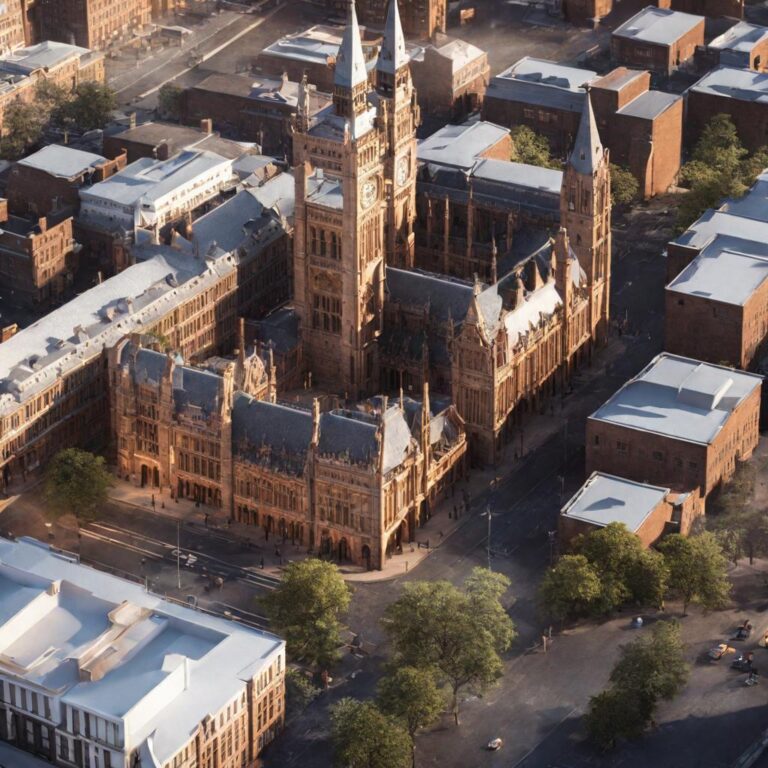Unlocking History: The Norman Conquest’s Profound Impact on Leicester
The echoes of history resonate in the heart of England, and no place showcases this better than Leicester. Nestled in the East Midlands, this city has seen the rise and fall of empires, but none as transformative as the Norman Conquest of 1066. In this article, we embark on a journey through time to unravel the profound impact of the Norman Conquest on Leicester and the enduring legacy it left behind.

The Norman Conquest: A Turning Point in English History
Before delving into Leicester’s history, it is crucial to understand the backdrop against which the Norman Conquest occurred. In 1066, William the Conqueror, Duke of Normandy, set sail for England, marking the beginning of a new era. The Battle of Hastings, where William defeated King Harold II, forever altered the course of English history.
Leicester Before the Conquest
Prior to the Norman Conquest, Leicester was a bustling Anglo-Saxon town known as Ligora-ceastre. It was a significant settlement with a rich history dating back to Roman times. The town had witnessed a thriving marketplace and served as a vital center for trade and commerce.
The Norman Influence on Leicester
Following William the Conqueror’s victory, Leicester, like many other English towns, underwent a transformation under Norman rule. The Normans imposed their feudal system, and Leicester became a key administrative and military center. The construction of the Leicester Castle by the Normans symbolized their dominance in the region. The castle still stands today as a testament to this period.
Medieval Leicester: A Hub of Activity
Under Norman rule, Leicester experienced a surge in construction and cultural development. The Normans introduced their distinctive architecture, including the construction of Leicester Cathedral, which incorporated Norman design elements. This architectural influence can still be seen in the cathedral’s structure.
The Domesday Book: Recording Leicester’s Transformation
One of the most significant historical documents of the time, the Domesday Book, provides invaluable insights into Leicester’s state after the Conquest. Compiled in 1086, it revealed Leicester’s demographic and economic changes, highlighting the Norman influence on land ownership and the town’s prosperity.
Leicester’s Economic Prosperity
The Normans facilitated economic growth by encouraging trade and industry in Leicester. The town became a hub for woolen and leather goods production, leading to increased wealth and trade opportunities. This economic prosperity laid the foundation for Leicester’s future as an important commercial center.
The Development of Leicester’s Guildhall
The Norman Conquest also played a role in shaping the governance and civic life of Leicester. The construction of Leicester’s Guildhall in the 14th century showcased the enduring Norman influence on the city’s administrative infrastructure. The Guildhall remains a historical gem, offering a glimpse into the past.
Legacy and Cultural Impact
The Norman Conquest left a profound cultural legacy in Leicester. The introduction of Norman French enriched the English language and contributed to its evolution. Many English words and phrases have Norman origins, highlighting the linguistic impact of this period.
Conclusion: Leicester’s Enduring Heritage
In conclusion, the Norman Conquest of 1066 had a lasting impact on Leicester that continues to shape the city’s identity today. From the architectural marvels of the castle and cathedral to the economic growth and cultural influence, the Normans left an indelible mark on this historic city. Leicester’s transformation from an Anglo-Saxon town to a thriving medieval hub is a testament to the resilience and adaptability of its people in the face of change.
As we stroll through the streets of modern Leicester, let us not forget the echoes of the past that reverberate in every corner of this vibrant city, reminding us of the profound impact of the Norman Conquest on its history and heritage.



